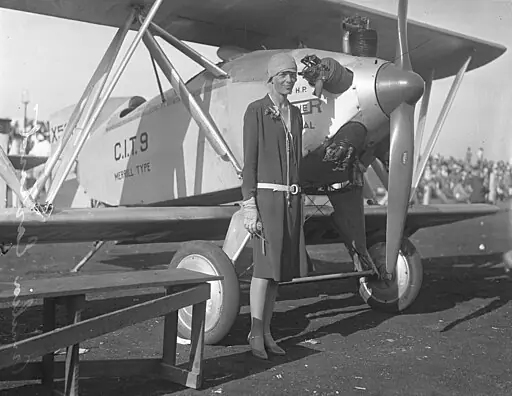Expedition near Howland Island uncovers potential clue in decades-old mystery
A recent 90-day expedition near Howland Island, close to where pioneering pilot Amelia Earhart vanished in 1937, has yielded a potentially significant discovery. Led by US Air Force veteran Tony Romeo, the expedition aimed to unravel the 87-year-old mystery surrounding Earhart’s disappearance during an ambitious global flight.
Amelia Earhart, the first woman to fly solo across the Atlantic Ocean, vanished while attempting a global flight. Despite numerous search efforts over the years, no conclusive evidence of her fate has ever been found.
Embed from Getty ImagesRomeo’s Deep Sea Vision crew has detected what appears to be a sunken plane approximately 16,000 feet below the ocean’s surface. While cautious, Bram Kleppner, Earhart’s great-nephew and family spokesperson, described the discovery as a “more promising lead than anything we’ve seen to date.”
Kleppner expressed gratitude to Romeo for his efforts and transparency throughout the project. He highlighted the importance of confirming the discovery by locating the plane’s serial number, NR16020, which should be visible on the wing.
Earhart and her navigator Fred Noonan went missing while flying from Lae to Howland Island, where they planned to refuel. Despite an extensive search and rescue operation, the plane was never found. Earhart was officially declared dead on January 5, 1939.
As preparations for a follow-up expedition are underway, the potential discovery of Earhart’s plane has sparked renewed interest in solving one of aviation’s most enduring mysteries.
